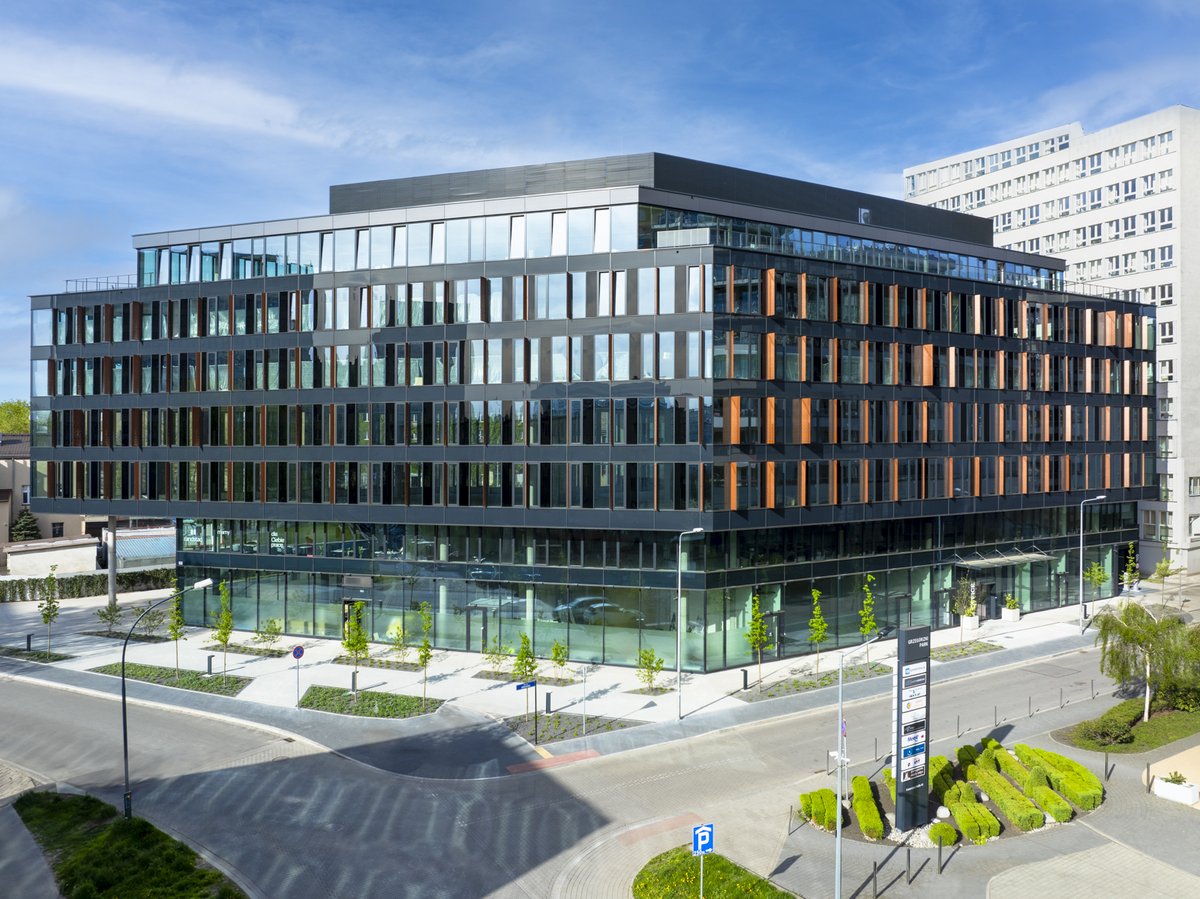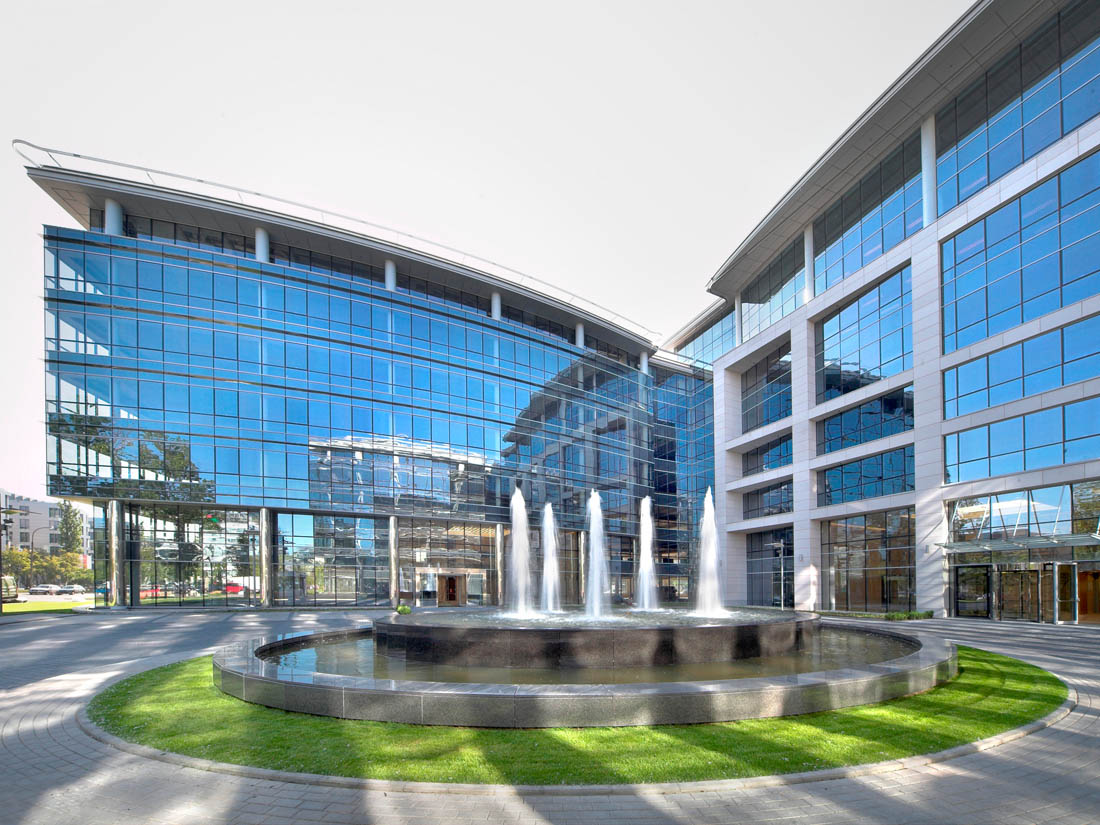“In 2014, green office space continued to grow rapidly, and now it exceeds 23 percent of the entire stock. Taking into consideration the size of offices currently under certification, this number will grow to 30 percent by the end of 2015,” said Norbert Szircsák, Senior Associate at Colliers International’s Green Advisory Services on the release of the real estate consultant firm’s annual green certification report.
The number of existing building certifications is rapidly growing. Within 12 buildings, 250,000 sqm of office space was certified in 2014. Seven of these were BREEAM In-Use certifications, which now account for almost 40 percent of the total green office stock. The popularity of BREEAM In-Use certification is driven by the flexibility of the rating system, which is perceived as both easier and faster to achieve than other rating systems and is awarded in three different categories (Asset/Building Management/Occupier).
Green certified buildings can be found outside the capital as well. The first green office building in Hungary outside of Budapest is National Instruments’ Science Park in Debrecen, which achieved LEED Gold certification. Two years after Henkel’s factory in Körösladány received certification under the DGNB system, a new green industrial building was also completed – Procter & Gamble’s manufacturing building at Gyöngyös, which achieved LEED Silver certification.
“Green buildings are increasingly attractive to international tenants. Last year, 30.6 percent of new leases occurred in green buildings. As essentially every new building is certified, the highest ratio (71 percent) was among pre-leases,” said Norbert Szircsák.
The outlook for this year is also positive, with major investment funds including CA Immo and ImmoFinanz now in the process of certifying their portfolios of existing buildings, which will add at least another 200,000 sqm of certified existing buildings to the green office stock in 2015.
“As competition grows we expect that existing office building owners will continue to improve and make their buildings more sustainable in order to maintain the attractiveness of their assets,” added Norbert Szircsák.







